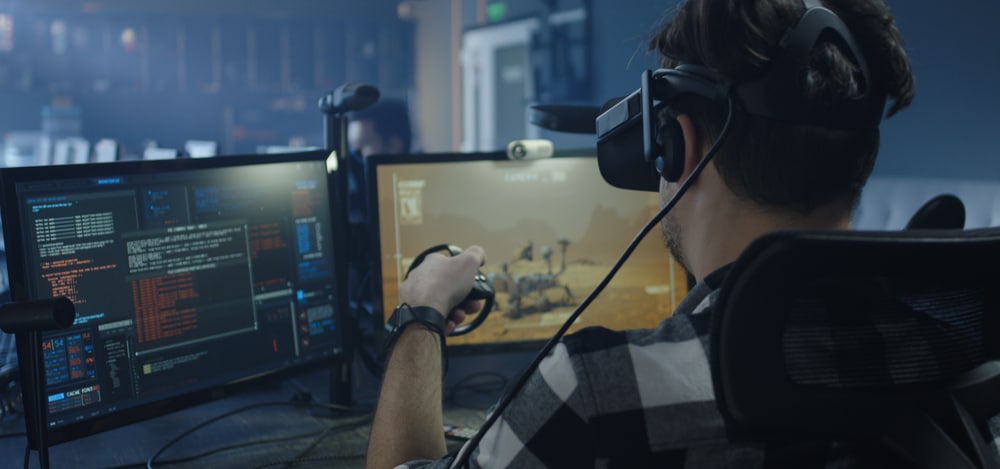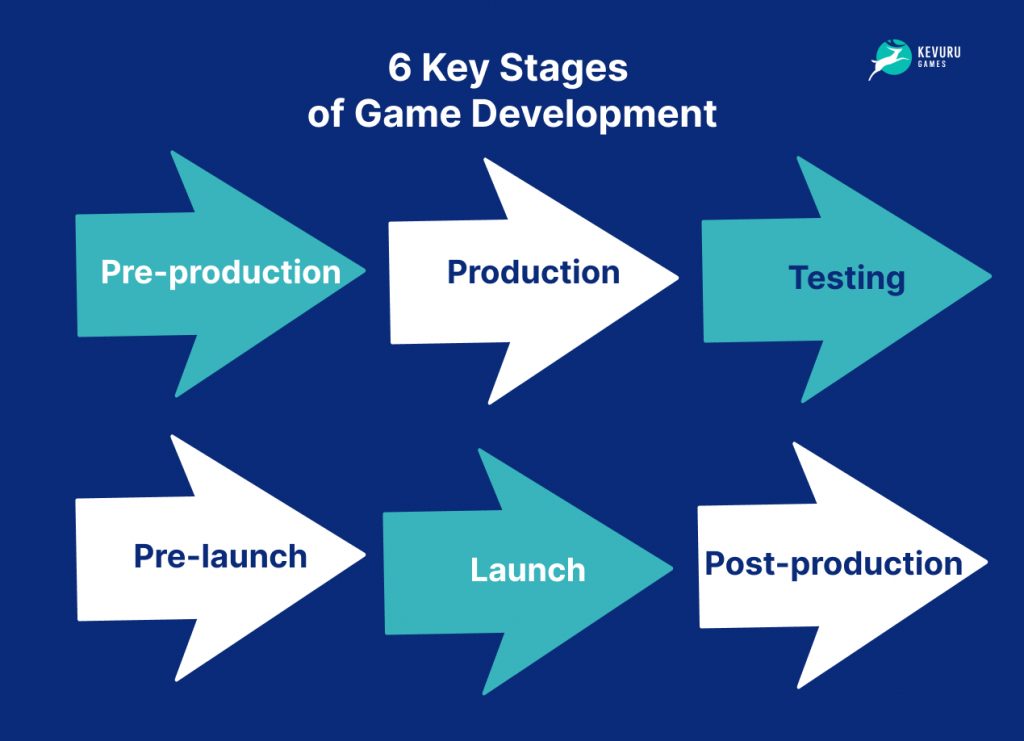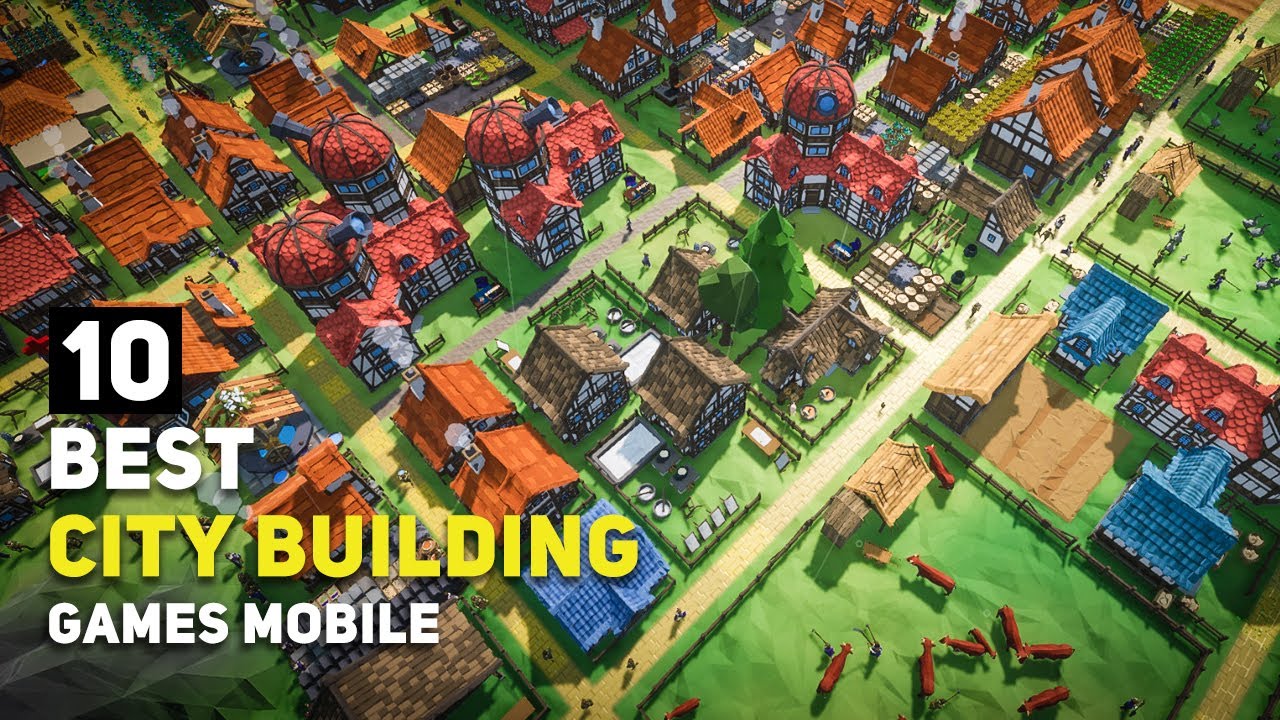
Unleashing Creativity: How AI is Empowering Aspiring Game Developers
Artificial Intelligence (AI) is not just a futuristic concept. It’s transforming the world of programming and game development right before our eyes. Imagine an eight-year-old, Kyo, who managed to create an engaging platform game in just two hours, captivating over half a million players. What’s even more astonishing is that he did this without traditional coding knowledge, relying on user-friendly tools such as Cursor and Claude.
The New Age of Game Development
Much like calculators revolutionized mathematics decades ago, AI is breaking down barriers in the coding sphere, making it easier for anyone, regardless of background, to create software. It bridges the significant gap between creativity and technical skills. As a result, many people like Kyo, who have no formal training, are not just consumers of games; they’re creators.
In another heartwarming tale, an eight-year-old girl from the U.S., Fay, was able to build a chatbot mimicking Harry Potter in just a mere 45 minutes. She animatedly chatted about the Deathly Hallows while suggesting they meet for a butterbeer at the Three Broomsticks. These stories are transforming narratives around coding; suddenly, coding is accessible, encouraging a new generation to express their creativity through technology.
 The future of game development is here: powered by AI
The future of game development is here: powered by AI
AI Tools for Coders and Non-Coders
The rise of AI coding assistants has brought a paradigm shift both for novice coders and seasoned developers. Tools like Tabnine and GitHub Copilot excel in autocomplete code features, predicting what users intend to write. Furthermore, programs such as Sourcery and DeepCode enhance this experience by cleaning up code and offering insightful improvements. These platforms are pivotal for professionals as they allow developers to transition from mundane coding tasks to more complex and valuable projects, focusing on system design and team collaboration.
Recent statistics reveal that a staggering 70% of companies have integrated tools like GitHub Copilot into their workflows. Many coders have reported substantial productivity gains, producing cleaner and more reliable code, thus enabling them to innovate further.
Challenges Ahead
However, we must tread cautiously. AI’s ability to assist in coding is still evolving. Currently, AI can help non-programmers create simple applications but falls short in managing complex IT projects that require a nuanced understanding of the broader context. Major tasks requiring innovative problem-solving, like spacecraft navigation, still necessitate human intellect and specialization.
Moreover, AI-generated code may not always meet efficiency and security standards. In professional environments, a coder is still crucial to ensure safety and quality, as AI’s understanding of context and nuanced data interpretation remains limited. As advancements continue, we hope AI will enhance its capabilities to manage specialized tasks and adapt to intricate coding demands—until then, it acts more as an augmentative resource for programmers.
 From ideas to execution: Navigating the game creation journey
From ideas to execution: Navigating the game creation journey
Crafting Your Own Game with AI
For those eager to dive into game development, here’s a straightforward guide to creating a platform game, showcasing how accessible technology has become:
Step 1: Sign Up for an AI Tool
Create an account with platforms like Cursor or AlphaCode 2. Follow the setup prompts; you might need additional installations for programming languages like Python or code editors like Visual Studio Code.
Step 2: Start Your Game
Open a new project within your chosen tool. Type in a prompt like, “Create a simple platform game where the platforms are made of sweet treats.”
Step 3: Test Your Creation
Run your game to see how it looks. If properly set up, you should witness playful platforms crafted from delightful candies and cakes.
Step 4: Refine Your Game
You can enhance your character’s design simply by typing instructions in the prompt, such as, “Make the avatar a green parrot.”
Step 5: Add Interactive Features
Further develop your game by typing in commands like, “Let the parrot be controlled by the cursor arrows, add sweets for collection, and a score counter.”
Step 6: Review and Revise
After testing your game again, implement additional commands to incorporate obstacles or features—like introducing a black crow chasing your parrot—until you’re satisfied with your creation.
Step 7: Share Your Work
Once you’re proud of your game, consider sharing it with friends or on app marketplaces. While publishing may require some coding knowledge, platforms like Zeabur can help you present your game to the world. More detailed guidance can be found here.
 Explore various possibilities in game development through AI tools
Explore various possibilities in game development through AI tools
Conclusion
AI coding tools are not merely innovative; they’re reshaping how we conceptualize game development. As technology progresses, we can anticipate even more robust tools allowing an influx of creativity from non-coders into digital platforms. The barriers that once confined coding to the few are diminishing, consequently paving the road for a diverse, inclusive, and creative community of aspiring developers.
In this exciting new era, who knows what imaginative games await us, all thanks to the incredible potential of AI? This is only the beginning of a thrilling chapter in both tech and creative storytelling.















